
VERTU IRONFLIP: A Perfect Fusion of Intuitive Design and Heroic Colours
VERTU IRONFLIP, a folding screen mobile phone for high-end men, not only has the top technological configuration, but also the
Beer is one of the oldest alcoholic beverages in the world. It has a refreshing taste with a strong aroma of malt, and the alcohol content is not too high, so it is very popular and has become the third most consumed beverage in the world, only after water and tea.
Beer originally originated in Europe and was introduced to China at the beginning of the 20th century. It was translated from the English word “Beer” to Chinese as “啤” (pí), and has been called “啤酒” (pí jiǔ), or “beer”, ever since.
According to analysis by Euromonitor International, with the continuous increase in Chinese disposable income, China will replace the United States and become the world’s largest beer consumption market.

Thousands of years of history have made the styles and flavors of beer extremely complex and varied. According to incomplete statistics, there are at least 20,000 types of beer in the world today, based on differences in brewing techniques, brewing times, ingredients, maturation methods, and boiling and fermentation temperatures. Therefore, it is very necessary to classify and understand it.
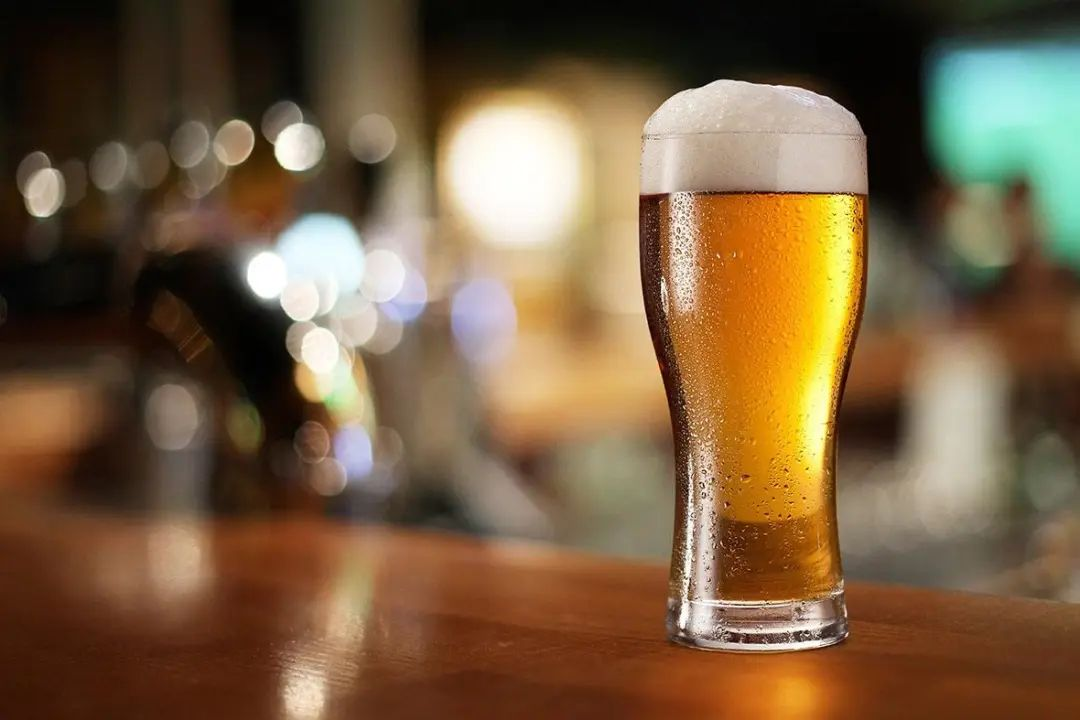
In the classification methods of beer, the classification by fermentation method is a world-recognized method.
It can be divided into top fermentation (Ale) and bottom fermentation (Lager), and the difference between the two techniques lies only in the temperature of fermentation and the position where the yeast works.
Some people use a more vivid way to express the difference between these two fermentation methods: when drinking Ale beer, you first taste the yeast and the flavor of the auxiliary materials, and then you can find the malt flavor. However, when drinking Lager beer, you will first taste the malt flavor, and then you will have the taste of other auxiliary materials.
1. Ale Beer
Ale beer is fermented through top fermentation or at room temperature. During the fermentation process, a large amount of foam accumulates on the surface of the liquid. This type of fermentation is suitable for high-temperature environments, around 20 to 25 degrees Celsius.
Typically, ale beer has a full-bodied texture, with colors ranging from light gold to dark brown. It has distinct fruit or spice flavors and a strong, complex taste. The aftertaste has a very pleasant aroma of hops. Many craft beers are brewed using top fermentation.
The optimal drinking temperature is around 10~18℃. If the temperature is too low, the flavor of the beer cannot be tasted, and it is also not recommended to add ice cubes when drinking.
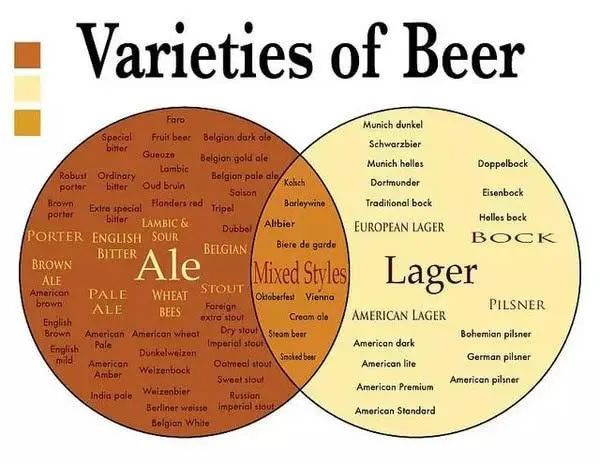
2. Lager Beer (Lager)
It refers to bottom fermentation or low-temperature fermentation. As the name suggests, the yeast for this beer ferments at the bottom, with a lower alcohol content and a lower fermentation temperature, which is only 9 to 14 degrees Celsius.
Lager beer has a lighter body, a refreshing taste, and emphasizes the aroma of malt. The optimal drinking temperature for beer fermented with the Lager method is around 7-9°C. If the temperature is too high when drinking, its bitterness will be very pronounced. Some people who are new to drinking beer or are not used to it often shy away from Lager beer due to the bitterness after it has been chilled.
The beers we usually drink, such as Snowflake, Budweiser, and Yanjing, all belong to the category of Lager beer.
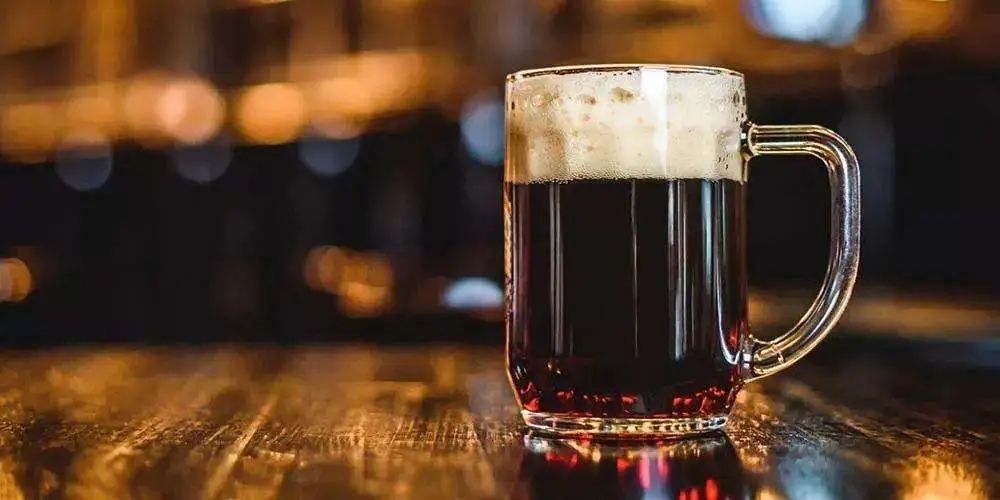
3. Mixed Styles
Mixed styles of beer are created by combining top and bottom fermentation brewing processes, such as using top-fermenting yeast to ferment at lower temperatures, or using bottom-fermenting yeast to ferment at higher temperatures.
The style of this type of beer is difficult to define, but it is generally based on classic beer styles, such as Porter and Weizenbier, and adds some additional flavors; or it is brewed using unconventional ingredients, such as vegetables and fruits.
1. Low Alcohol Beer (Small Beer)
This refers to beers with an original wort concentration between 2.5% and 9.0%, and an alcohol content ranging from 0.8% to 2.5%. Non-alcoholic beers and children’s beers fall into this category.
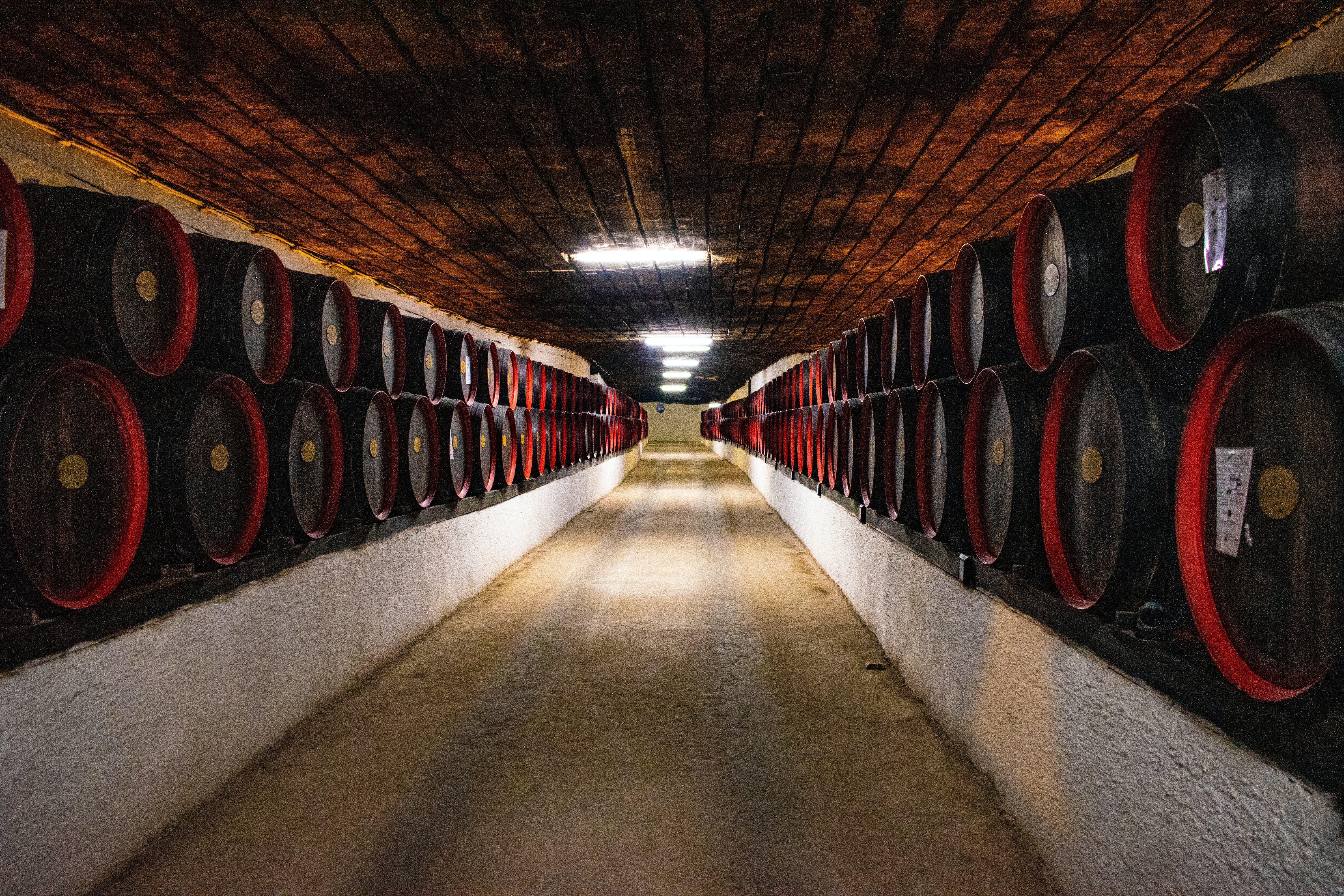
2. Medium-strength Beer (Light Beer)
Beers with an original wort concentration between 11% and 14%, and an alcohol content between 3.2% and 4.2%, are considered medium-strength beers. This category of beer has the largest production volume and is the most popular among consumers.
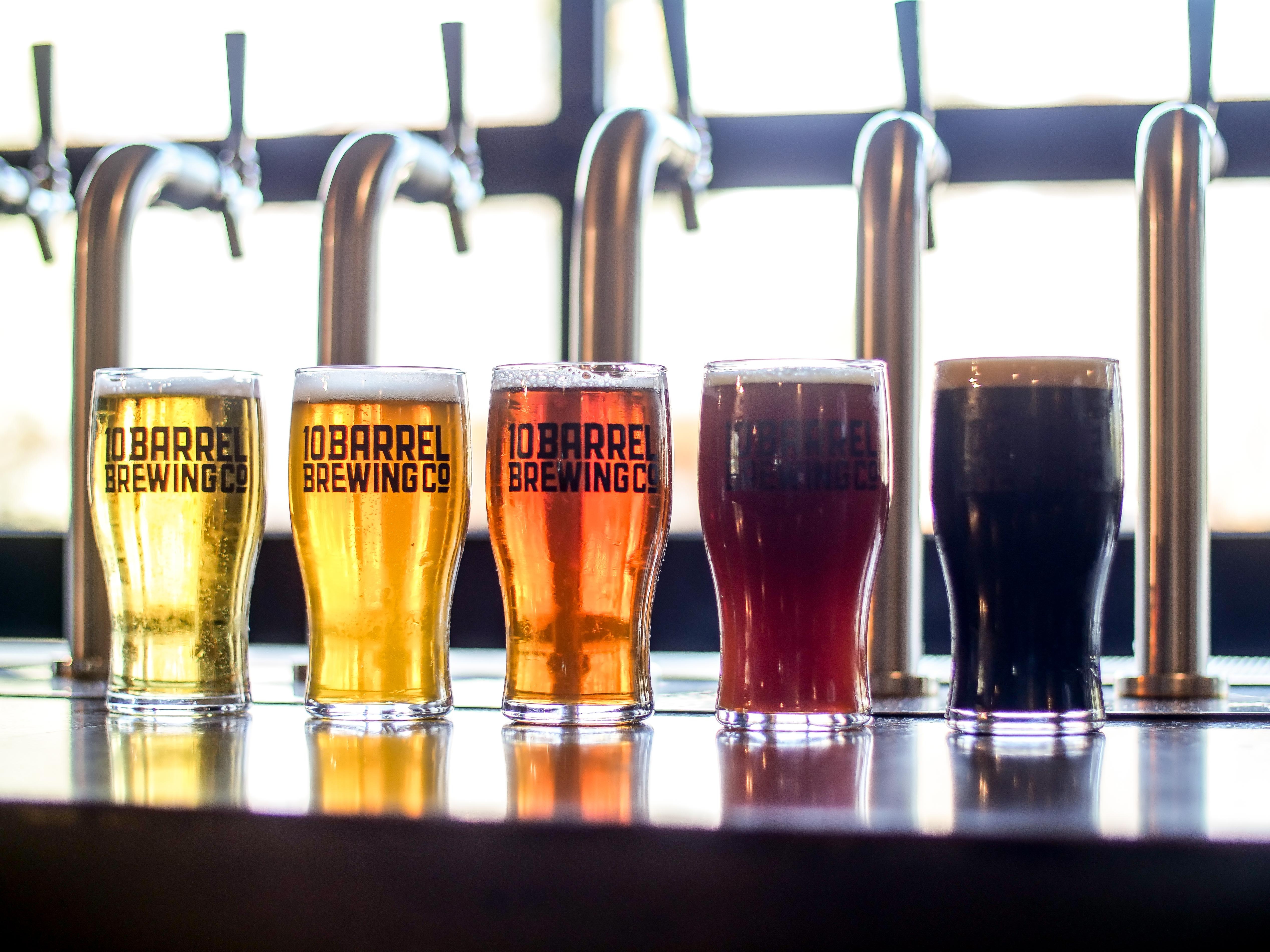
3. Strong Beer
Beers with an original wort concentration between 14% and 20%, and an alcohol content of 4.2% to 5.5% (or higher) are considered strong beers.
Pale beers are the most produced type of beer, and based on the depth of color and clarity, they can be divided into the following three categories.
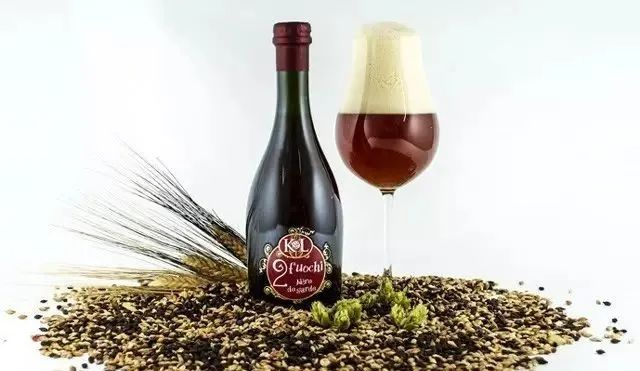
① Pale Yellow Beer
This type of beer is mostly made from light-colored, low-solubility malt as the raw material, with a short saccharification cycle. As a result, the beer has a light color, appearing pale yellow, clear and transparent, with a light and elegant taste and a strong aroma of hops.
② Golden Yellow Beer
This type of beer uses malt with a slightly higher solubility than pale yellow beer, resulting in a golden yellow color. The product trademark usually features the word “Gold” to help consumers identify it. The taste is mellow, with a prominent hop aroma.
③ Brownish-yellow beer
This type of beer uses malts with high solubility and is roasted at a higher temperature, resulting in a darker malt color. The beer has a yellowish-brown hue, which is actually close to dark beer in color. The taste is relatively heavy and thick, with a slight burnt aroma.
2. Brown Beer
Brown beer typically uses malts with a high solubility or a high roasting temperature, which are poorly ventilated and have a darker color. The mashing process for this type of malt takes a longer time, and the wort comes into contact with more air during cooling, resulting in a darker color.
Based on color, brown beer can be further divided into brown beer, reddish-brown beer, and reddish-brown beer. Brown beer has a richer taste, with a lighter bitterness and a prominent malt aroma, possessing a unique original beer flavor.
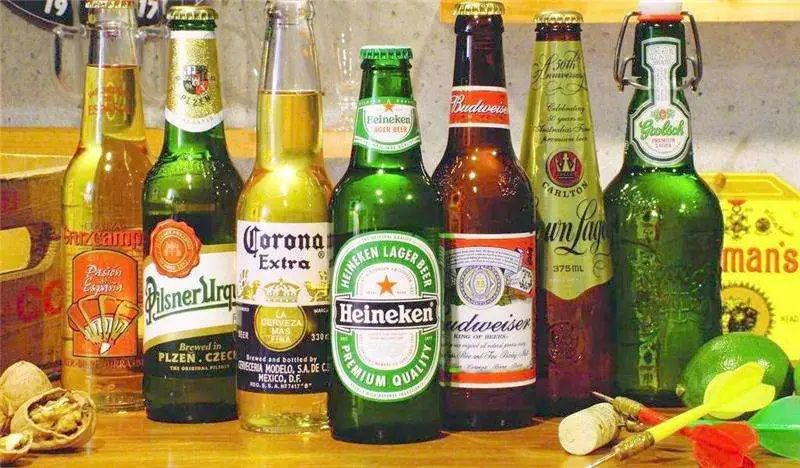
3. Dark Beer
Dark beer appears in dark brown or dark reddish-brown color, brewed with malt that is roasted at high temperatures. The malt concentration ranges from 12 to 20 degrees, and the alcohol content is above 3.5%. The beer is characterized by a prominent malt aroma and a hint of malt roastiness. It has a rich and full-bodied flavor, with a slight sweetness and a less pronounced bitterness from hops.
The beer is primarily made from roasted malt and black malt, with a smaller amount of hops used. It is brewed using a long mashing process to create a concentrated sugar content.
1. Draught Beer
Draught beer, also known as “draft beer,” refers to beer that has not undergone pasteurization. Due to the preservation of a portion of nutrient-rich yeast in the beer, its taste is more delicious than that of regular bottled, pasteurized beer.
However, it cannot be stored for a long time at room temperature and can only be preserved for about 3 days under low temperature. It can be preserved for about a month when refrigerated at 0°C-5°C.
2. Pasteurized Beer
Pasteurized beer, also known as sterilized beer, is made by treating fresh beer with the pasteurization method. After the sterilization process, the beer can prevent further fermentation by yeast and the influence of microorganisms. It has a longer shelf life and stronger stability, making it suitable for long-distance sales.
However, during the high-temperature sterilization at 60-65℃ for mature beer, polyphenols and proteins are oxidized; soluble proteins partially denature; various hydrolytic enzymes become inactive, causing changes in the beer’s color, clarity, taste, and nutritional value. The most obvious change is the loss of the fresh taste of the beer, and the emergence of an unpleasant oxidized flavor.

The content provided can be categorized into several types based on the process, but only a few common ones will be listed here.
1. Pure Draft Beer
Pure draft beer is made using a special brewing process, strictly controlling microbial indicators, and using a three-level filtration including a 0.45-micron microporous filtration. It does not undergo thermal sterilization, allowing the beer to maintain high biological, non-biological, and flavor stability. This type of beer is very fresh and delicious, with a shelf life of more than half a year.
Pure draft beer is different from regular draft beer. Pure draft beer uses sterile membrane filtration technology to filter out yeast and other bacteria, which can extend the shelf life to 180 days. Although regular draft beer is also not pasteurized at high temperatures, it uses diatomaceous earth filters, which can only remove yeast, not other bacteria, so its shelf life is generally between 3 to 7 days.
Draft beer, also known as premium keg beer, should be fully referred to as “carbon dioxide-enriched fresh beer.”
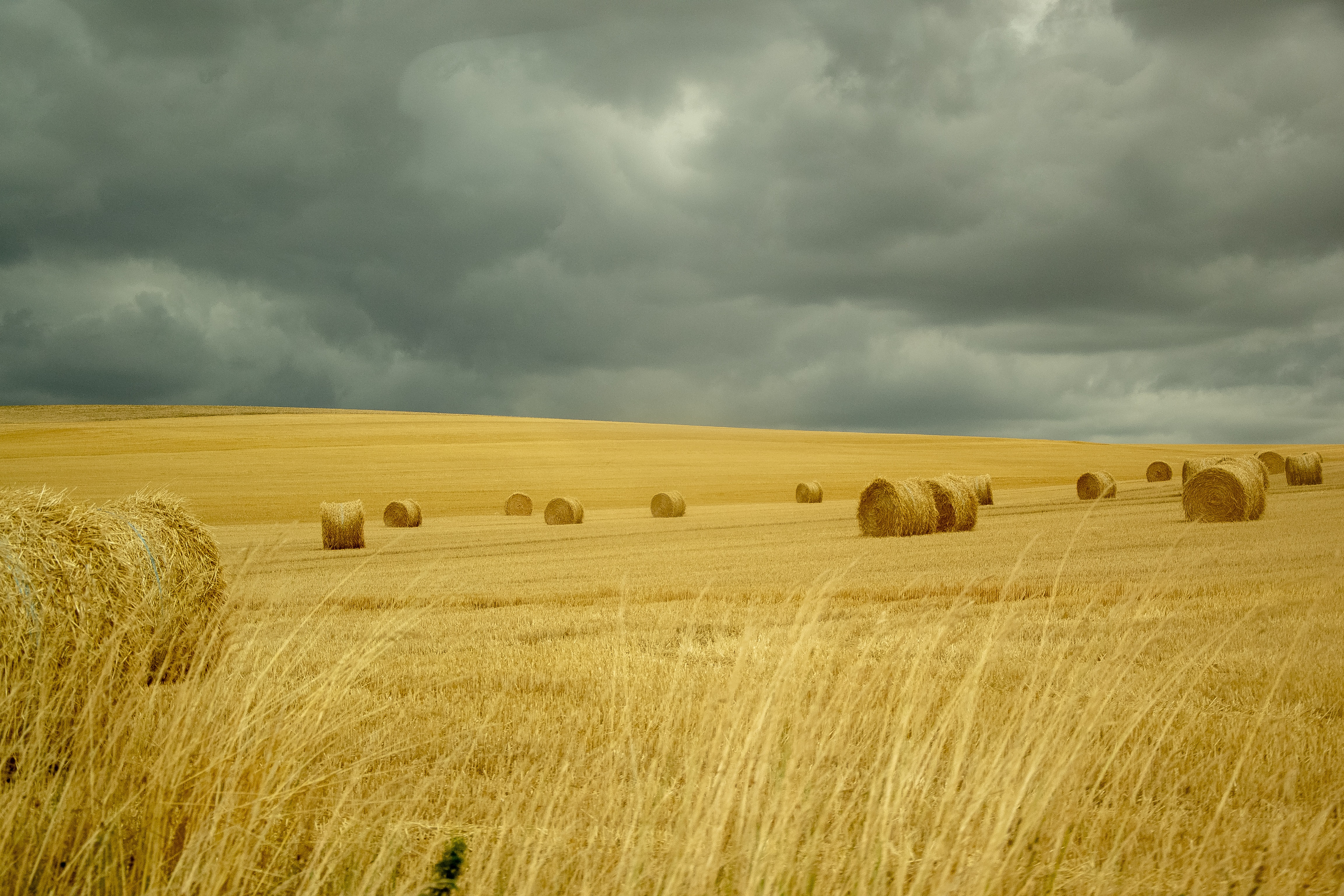
Draft beer is a unique flower in the kingdom of beer. It is different from both the bottled and canned beer that has been pasteurized at high temperatures, and the draft beer that has not been pasteurized. It is a high-quality beverage that is natural, free of artificial colors, preservatives, sugar, and any added fragrances.
Draft beer is known as “the original juice of beer.” It is made by directly injecting the finest clear beer from the production line into a fully enclosed stainless steel barrel. When drinking, a draft beer machine is used to infuse carbon dioxide and control the temperature of the beer at 3-8°C. The beer is then poured directly from the machine into a beer glass, avoiding contact with air, making the beer fresher, richer, and with a richer foam. It is more refreshing to drink and leaves an endless aftertaste.
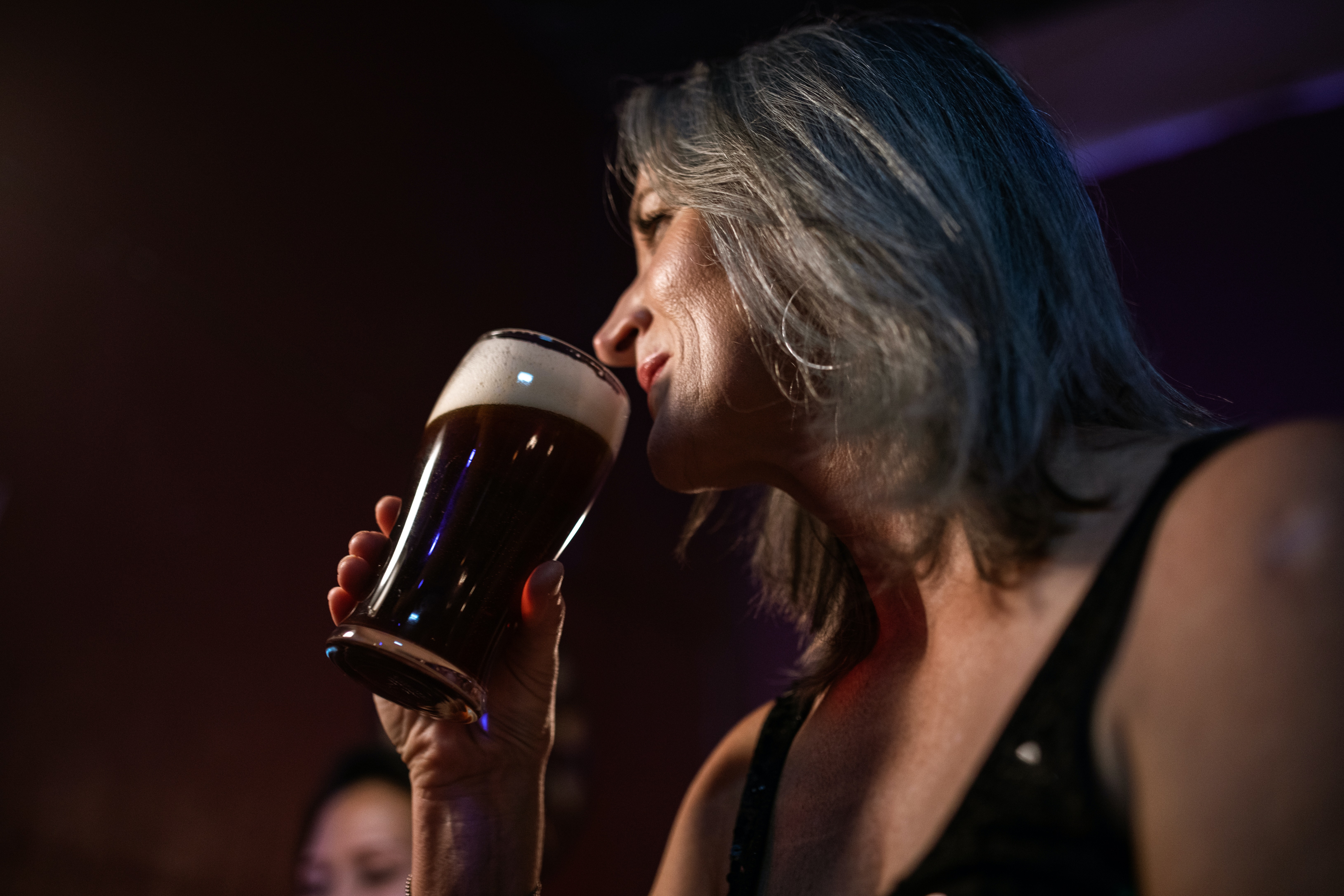
3. Ice Beer
Ice beer is neither beer that has been frozen nor beer with added ice cubes. It is named after the characteristics of its production process.
The brewing principle of ice beer involves cooling the beer to a temperature below its freezing point, causing the formation of tiny ice crystals, which are then removed through filtration. This process addresses the issues of beer’s cold and oxidative turbidity.
Ice beer has a particularly clear and bright color, with a higher alcohol content than regular beer. It has a soft, rich, and refreshing taste, making it especially suitable for young people to drink.
4. Dry Beer
This type of beer originates from wine. Regular beer has a certain amount of residual sugar, while dry beer uses special yeast to continue the fermentation process, reducing the sugar concentration to a certain level.
Therefore, dry beer has the characteristics of a dry and refreshing taste with strong palate-cleansing power. Due to its low sugar content, it is considered a low-calorie beer.
5. All-Malt Beer
In the brewing process, the German purity law is followed, and all ingredients are made from malt without the addition of any adjuncts. The cost of the produced beer is relatively high, but the malt aroma is prominent.
Although the production of this beer is more expensive, all-malt beer not only has the characteristics of ordinary beer but also has prominent malt aroma, rich hop aroma, mellow and refreshing taste, and moderate bitterness.
In a strict sense, malt beer is actually a malt beverage because it is not rich in alcohol content and is theoretically not beer, but Germans generally call it “Malzbier,” which means malt beer.

Over the years, malt beer has been deeply loved by the Germans and has been highly sought after in Germany.
6. First Wort Beer
First wort beer, pioneered by the Japanese Kirin Brewery Company, is made by using the wort obtained from the first filtration directly for fermentation, without adding the second wort from the rinsing of residual sugars.
The entire saccharification operation is shortened by 3 hours compared to the conventional beer brewing process, effectively reducing the extraction of harmful components in the wort, enhancing the antioxidant capacity of the beer, and extending the shelf life of the beer.
Therefore, the first wort beer fully embodies the unique aroma and refreshing taste of beer.
7. Low (Non-Alcoholic) Beer
A new variety introduced based on consumers’ pursuit of health and the desire to reduce alcohol intake.

Its production method is the same as that of regular beer, but it undergoes a de-alcoholization process in the end, separating the alcohol, which results in non-alcoholic beer having the same color, aroma, and foam as regular beer, while having an alcohol content of less than 0.5%.
Fermented with fruit juice extracts, it has a low alcohol content. This product not only has the unique refreshing taste of beer but also the sweet and fragrant flavor of fruit, making it suitable for women and the elderly to drink.
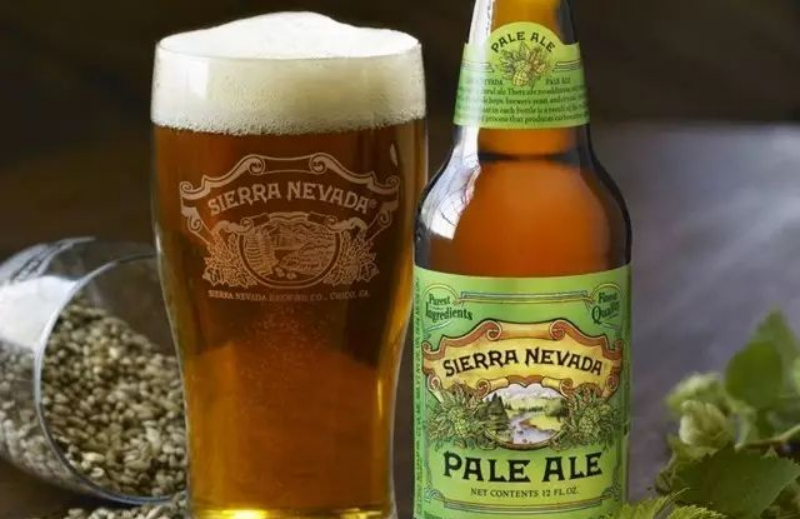
9. Wheat Beer
Beer produced with wheat malt as the main ingredient (accounting for more than 40% of the total ingredients), with high production process requirements, clear and transparent liquor, and a relatively short storage period.
The characteristics of this type of beer are light in color, with a light and refreshing taste and a mild bitterness. Wheat beer is also known as “white beer,” which comes from the German word “Weissbier” and is called “White Beer” in English.
The most famous representative of “white beer” is the “Berliner Weissbier” from the Berlin area.
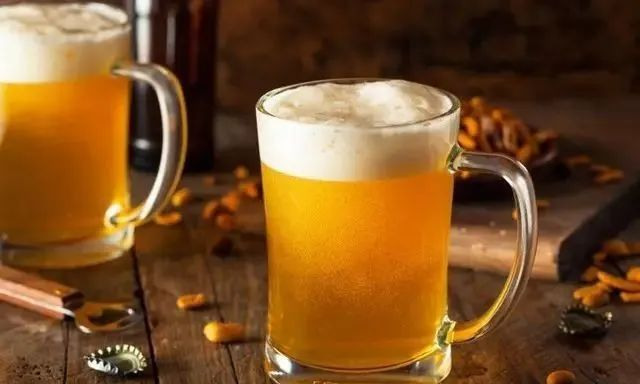
1. Guinness Stout
Guinness is a type of stout beer brewed from malted barley and hops. The famous history of Guinness began in 1755. In addition to roasted barley, Guinness stout also contains four other main ingredients: malt, water, hops, and yeast.
Guinness exports its specially matured stout from Dublin overseas, where it is blended with Guinness beers brewed overseas to ensure a pure taste.
Currently, Guinness Stout is brewed and produced in more than 50 countries and sold in over 150 countries.
Throughout its development over more than 250 years, Guinness has always managed to attract people’s attention to its brand, which is one of the “secrets” to its success.

2. San Miguel Beer
San Miguel Beer, founded in 1890, was granted a royal charter by the Spanish royal family for its clear quality, golden color, complemented by the selection of fine malt and hops, which gives the beer a pure and moderate aroma, and a pure and gentle taste.
The beer brewing business scope of Sen Li Beer Company has expanded from Spain and the Philippines to Hong Kong, China, Indonesia, Vietnam, Thailand, and Nepal, with products exported to more than seventy countries around the world.
3. Duvel Triple Hop Ale
Duvel is the most famous beer from Belgium, originally brewed as a dark beer using a warm fermentation method.
After World War II, the light-colored beer of the German-Czech school, which uses a low-temperature fermentation method (such as pilsner), became the mainstream of beer. The key lies in the selection of malt and yeast.
This type of fermented beverage undergoes a three-stage fermentation process. In the first stage of fermentation, two types of yeast are used, and the most distinctive feature is that each type of yeast is paired with a different amount of malt, taking about 5 to 6 days in total.
The second stage of fermentation uses a low-temperature fermentation method (around minus 1 degree Celsius), which takes three days, followed by a maturation period of three to four weeks.
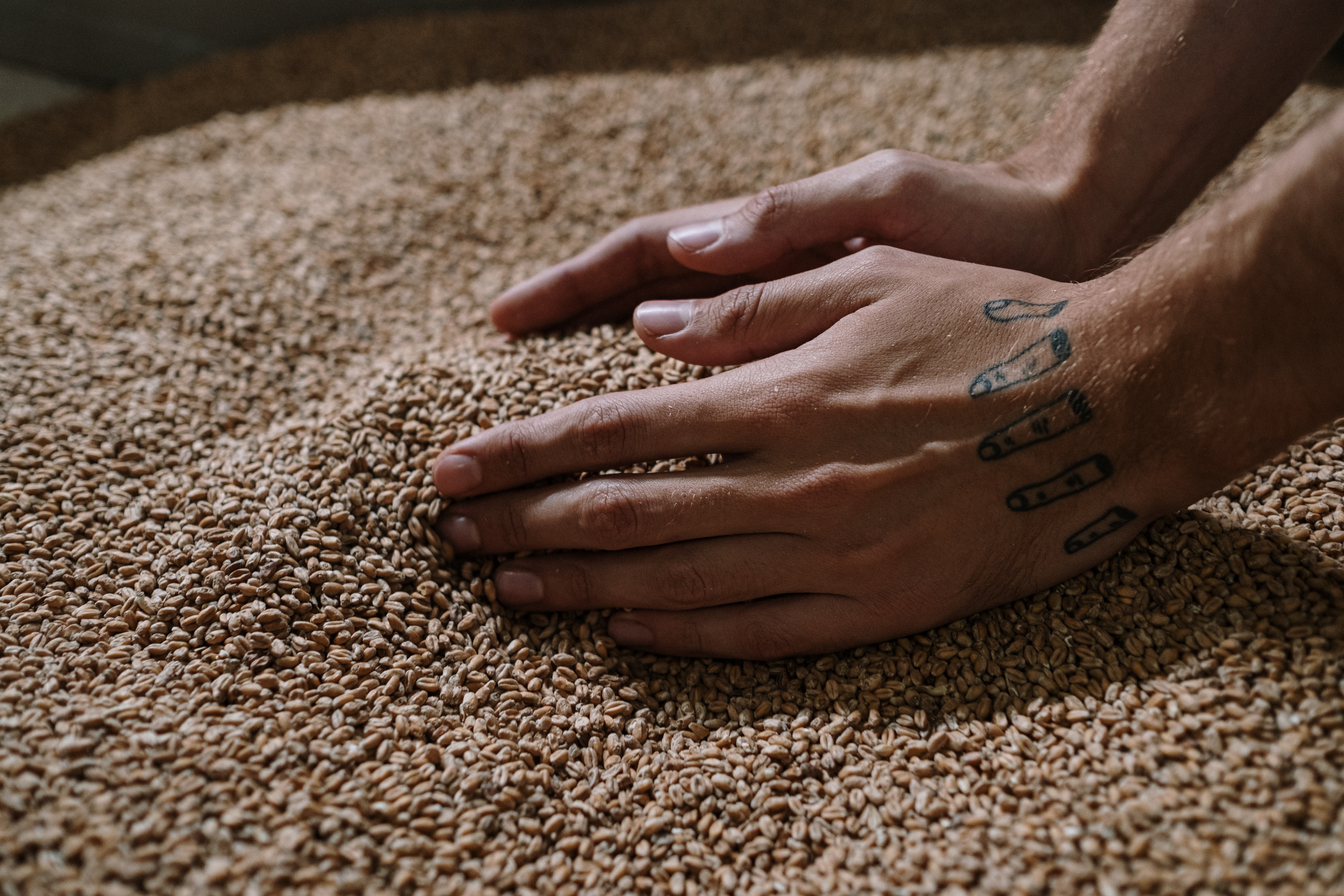
Finally, the temperature is lowered to minus 3 degrees to reduce the activity of the yeast. Before bottling, the beer is filtered to remove residual yeast, and then the yeast used in the first process and sugar are added for a third fermentation at a warm temperature. After a 14-day fermentation, the beer is stored at a temperature of 4-5 degrees for five to six weeks before being released.
This type of beer has a more complex and intense taste due to the variety of yeast used in the manufacturing process and the simultaneous use of room temperature and low temperature fermentation methods. The rich aroma of hops and fruit flavors after tasting is unforgettable.
This beer is different from other Belgian beers and is more suitable for consumption at low temperatures.
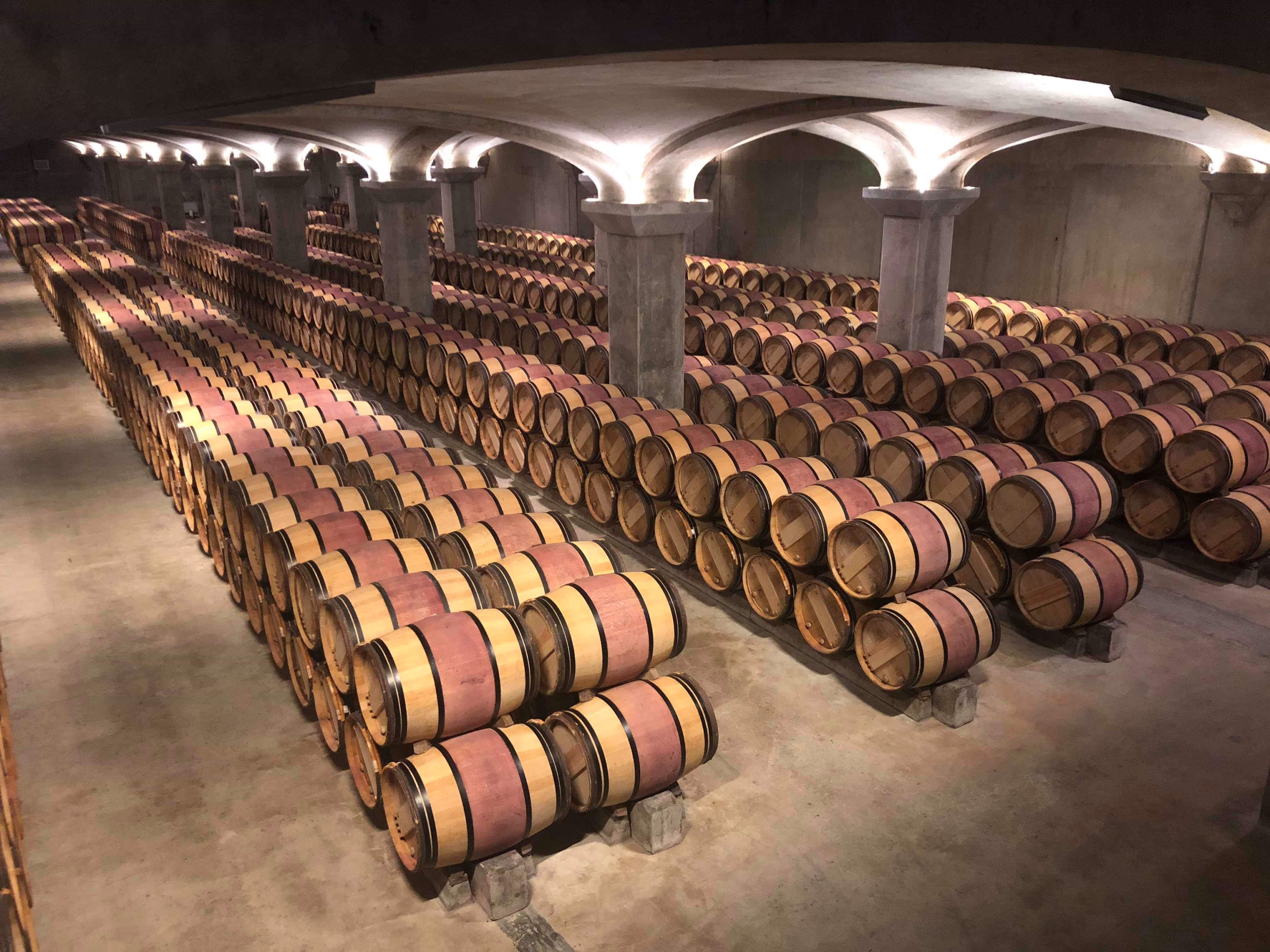
4. Liefmans Brown Ale
Liefmans Brown Ale is one of the Belgian brown ales, with a color close to brown chocolate.
Due to its sour and sweet taste, it is very suitable as an appetizer before meals or as a dessert with Western pastries (such as pudding or chocolate pastries) after meals.
This type of beer is also very suitable as a seasoning for cooking. The best drinking temperature is 6 to 8 degrees Celsius, and this beer is also suitable for long-term storage.
The brewing method of this beer is very special, using four different types of hops and a yeast strain with a history of one hundred years.
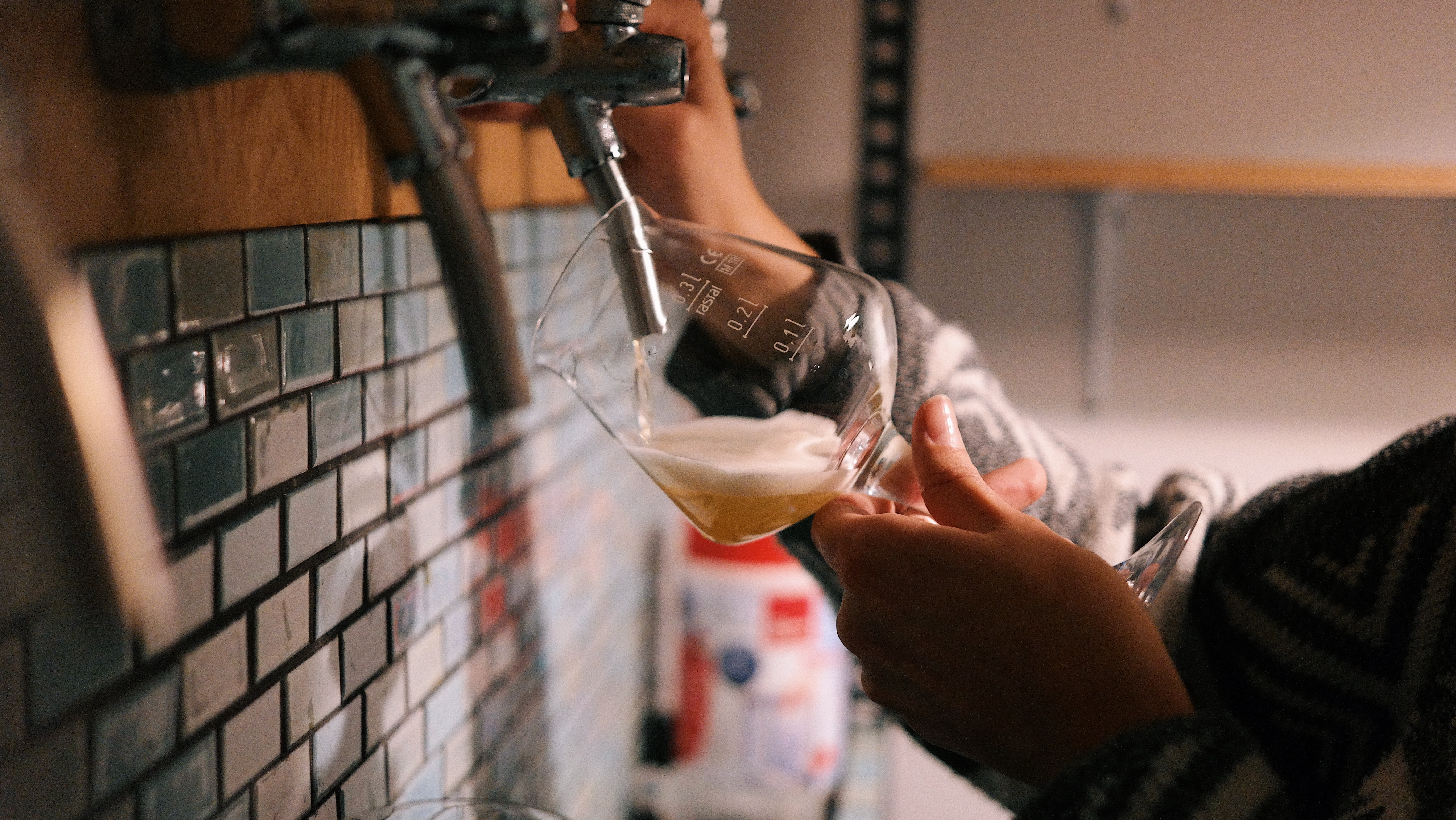
The first fermentation process is carried out in an open copper container. After this step, the beer undergoes a maturation process that lasts for four months.
Finally, when bottling, the mature beer juice is mixed with the beer juice that has just completed the first fermentation, along with yeast and an appropriate amount of sugar powder. These bottled beers must be stored in the cellar for another 3 months.
Bitburger is a renowned German beer brand established in 1817 and sold in over 40 countries and regions worldwide.
The brand’s superior quality is ensured by the perfect unity of three major advantages: the selection of the finest raw materials, pure and clear spring water, and advanced and reliable technology. The unique aroma of Bitburger can be found in over 40 countries across five continents and in almost all major cities.
Czechoslovakian beer is represented by Pilsner beer, which is known as one of the best quality beers in the world. Pilsner is also a type of beer classification, it uses the lager brewing process, but it is different from lager beer.
In fact, the name Pilsner comes from the Czech city of Pilsen. In the past, the vast majority of Czech beers were made using a more primitive top fermentation method, resulting in beers with a dark and cloudy appearance and inconsistent taste.
With the advent of refrigeration equipment, this type of beer, which is less prone to spoilage and suitable for large-scale production and transportation, began to gain recognition.
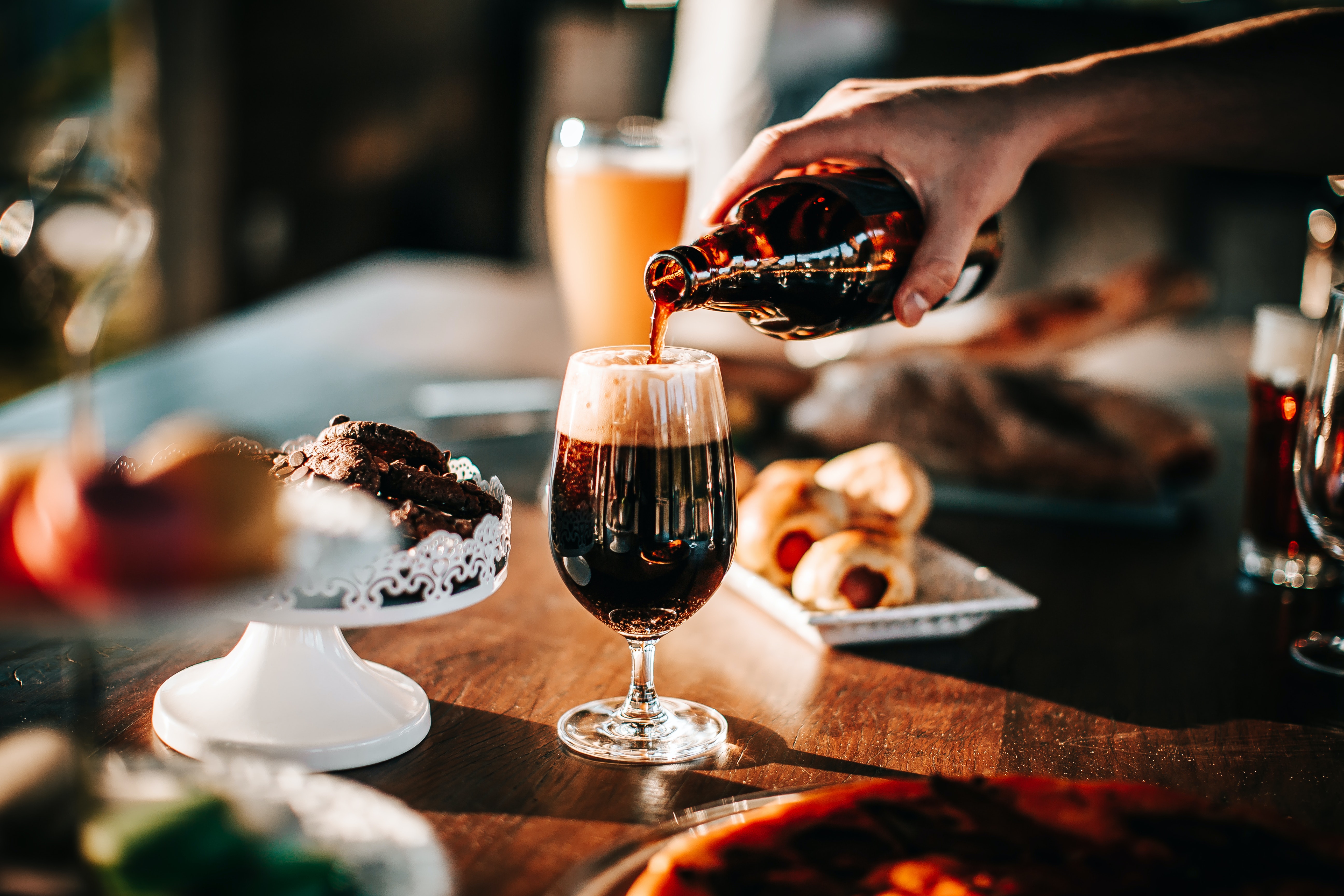
Pilsner beer is primarily characterized by its pale color, with modern Pilsner hues ranging from light yellow to golden yellow, and the spices and flavor substances used also vary significantly.
Produced in the city of Pilsen since 1842, it can be considered the progenitor of Pilsner beer. It features a fragrant hop aroma along with a mild malt fragrance.
Corona Extra is a flagship product of the Mexican brewery company, Cervecería Modelo. It gained popularity among the fashionable youth in the United States due to its distinctive transparent bottle packaging and the unique flavor added by including a slice of lime when consumed.
Corona beer has become the world’s top-selling Mexican beer with its unique taste and ranks first in the list of imported beers in the United States.
Since 1997, Corona Extra beer has been awarded the “HOT BRAND” (the most popular brand) by the most authoritative liquor analysis magazine in the United States every year.
When drinking Corona beer, it is a must to add a lemon. The sweet and sour lemon complements the refreshing Corona beer, making it an unparalleled perfect match.
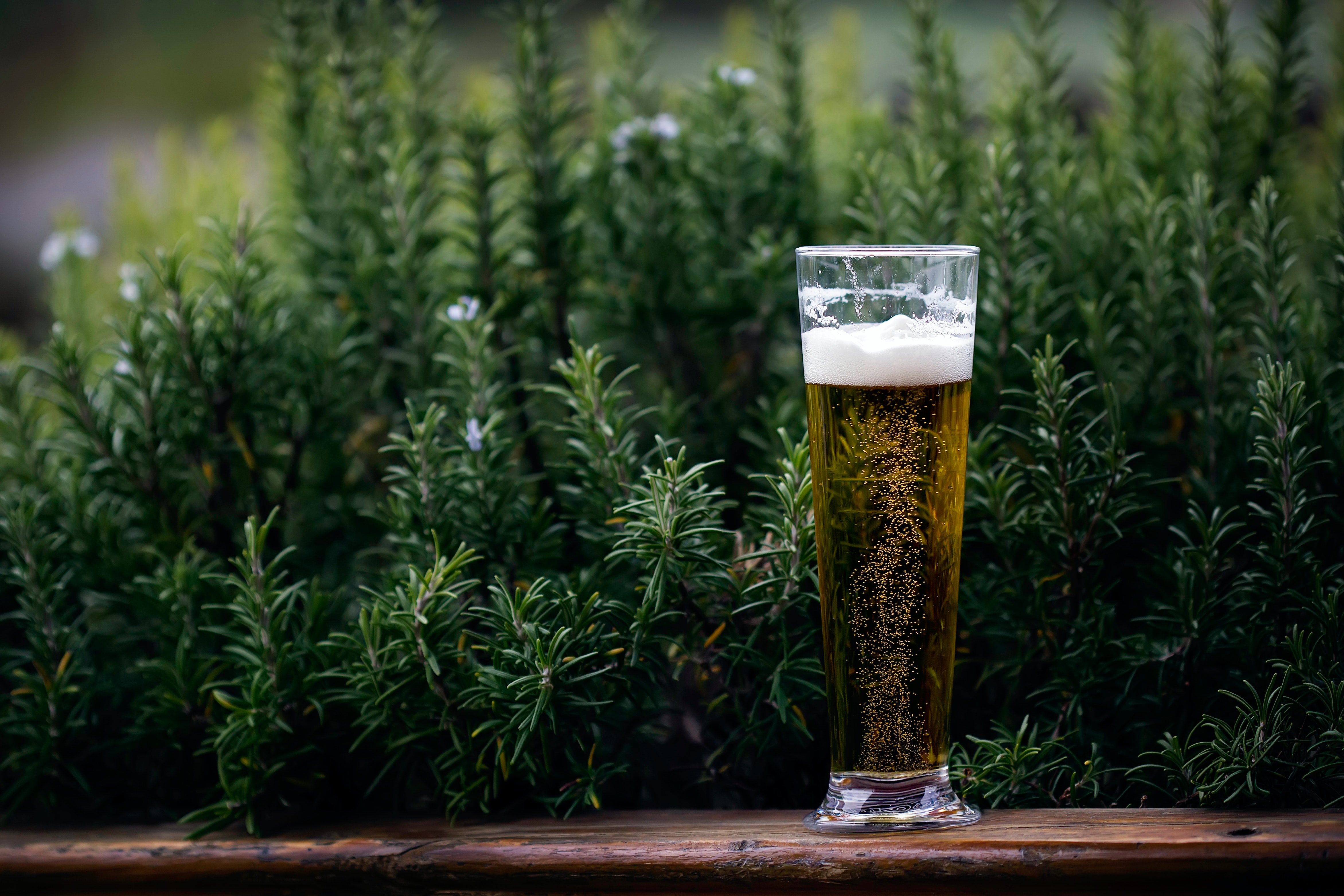
Goldenband Beer (Goudenband)
Goldenband beer is brewed using four types of hops, including Hallertau hops, Brewer’s Gold hops, Saaz hops, and Tettnang hops, along with a century-old yeast strain.
Its aroma and flavor are quite complex, with a consistent mix of sour, malty, and astringent notes throughout.
This is an outstanding old brown beer with the richness and complexity of wine, hence it is known as “Belgium’s Brignol,” a type of wine produced in the southeast of France.
9. Bigfoot Barley Wine
Bigfoot Barley Wine has a gravity of 23P and an original wort gravity of 1.092, with an alcohol content of 10.6%. It is brewed with two-row barley malt and caramel malt. This beer has won the gold medal in the Barley Wine category at the Great American Beer Festival in 1987, 1988, 1992, and 1995.

At the beginning, the factory was merely a hobby for founders Ken Grossman and Paul Camusi. They spent nearly 18 months of their spare time assembling the original brewery using equipment from beverage factories, dairy factories, and other scrap materials.
By 1987, the rapid growth of the business required the renovation of the brewery to keep up with the annual demand growth of 50%.
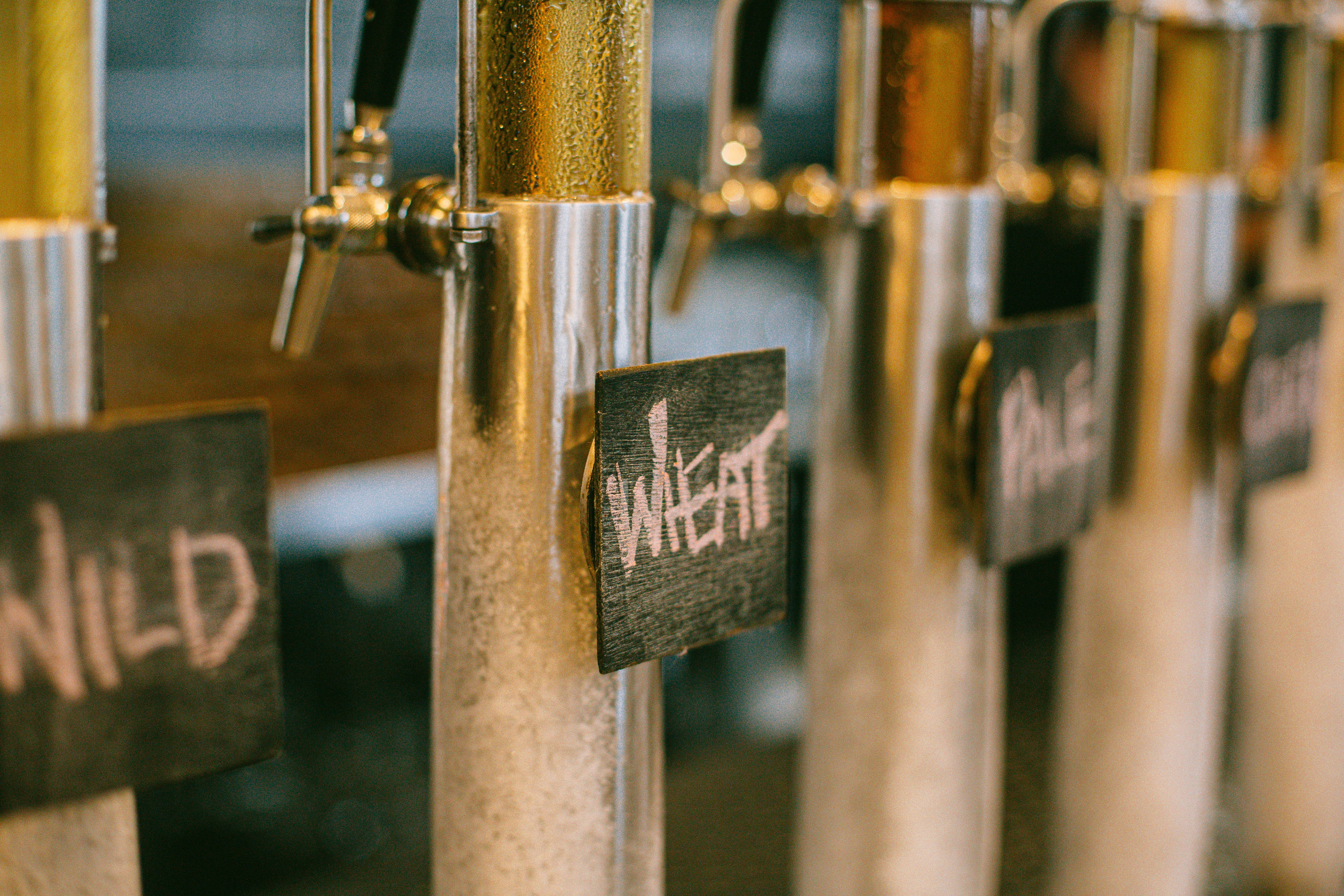
10. Moretti Larossa
Moretti Larossa is a red beer produced by the Moretti Brewery, which was founded by Moretti in 1782 in a small Italian mountain village near the Austrian border.
Its main product, Moretti Red Beer, has an alcohol content of 7.2%. This beer has a clear amber-red color. It has a soft floral aroma. It is rich in malt flavor, but the body is not thick, making it a very popular strong lager beer.
Moretti Ale beer has an alcohol content of 4.6%, brewed with Pilsner malt, corn flakes, and German hops. The malt is pressed twice and stored for 4 weeks.
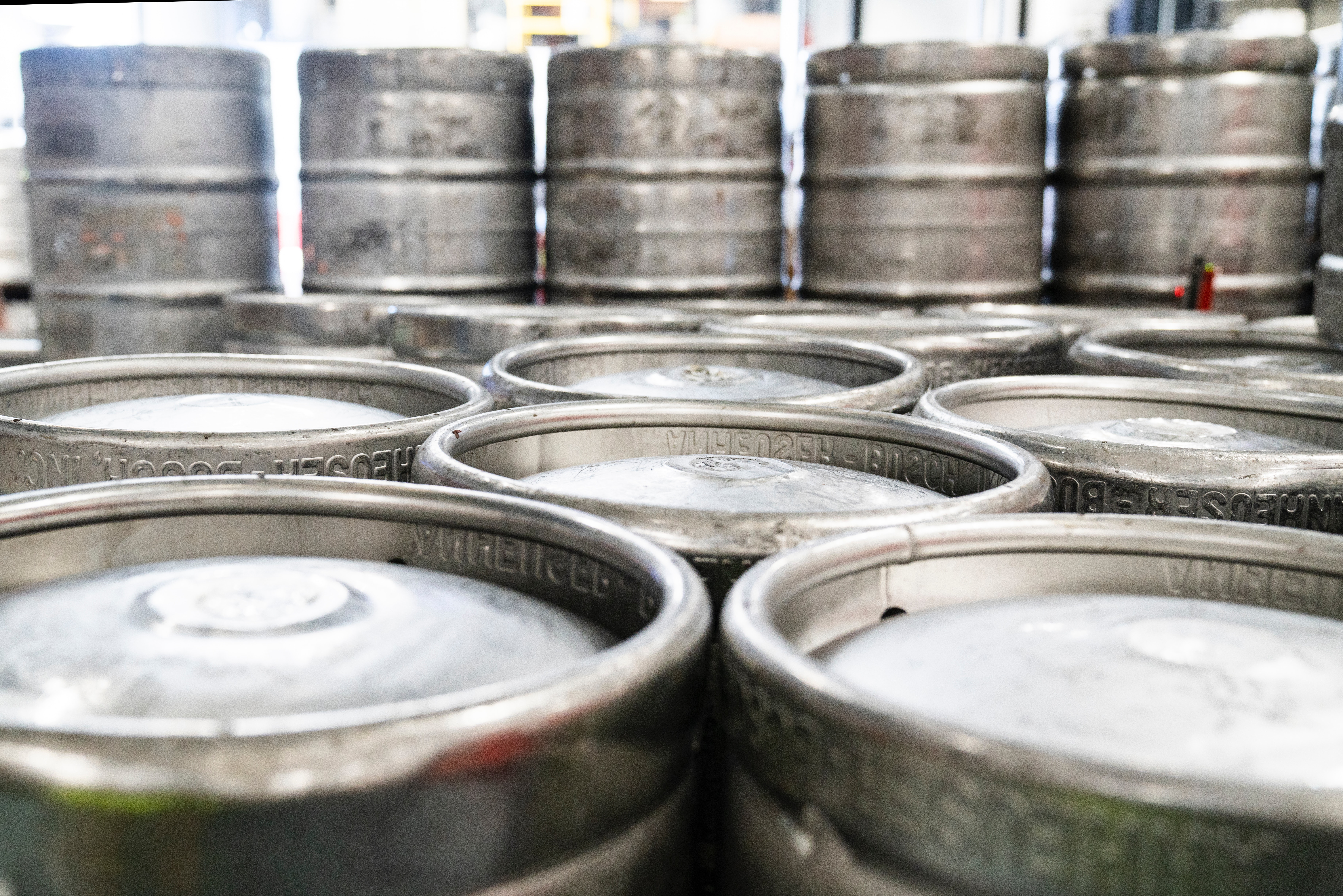
Golden Mustache beer has an alcohol content of 4.8% and is a 100% pure malt beer. The mellow and slightly sweet malt flavor is harmoniously balanced with the intense bitterness of German hops. It has a bright golden color, a soft layer of foam, a fragrant malt aroma, and a subtle hint of vanilla.
